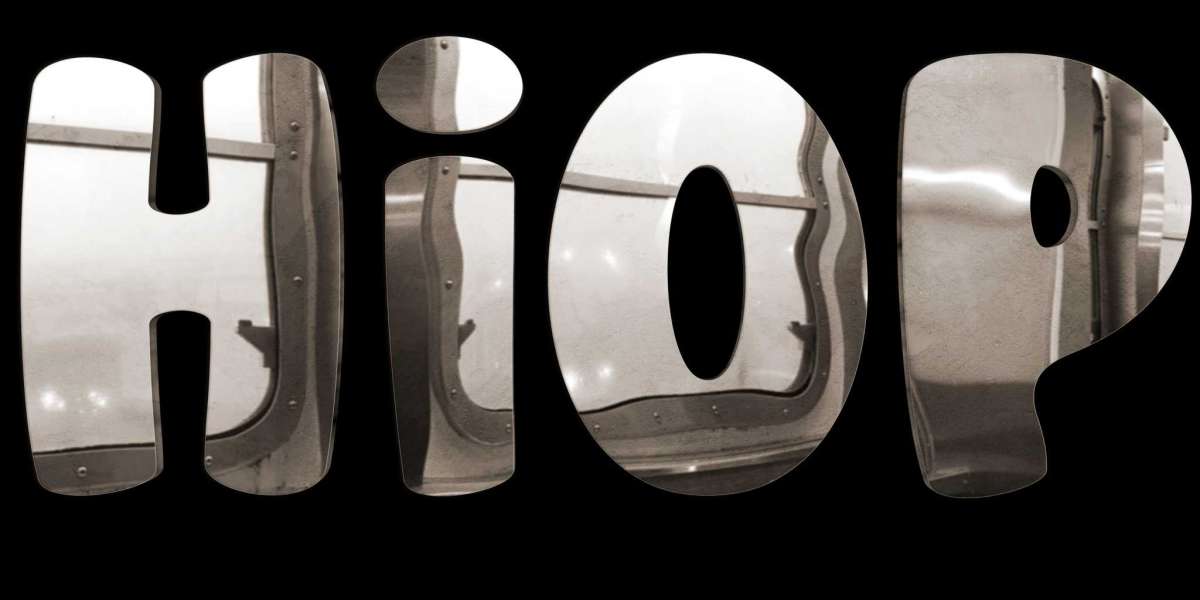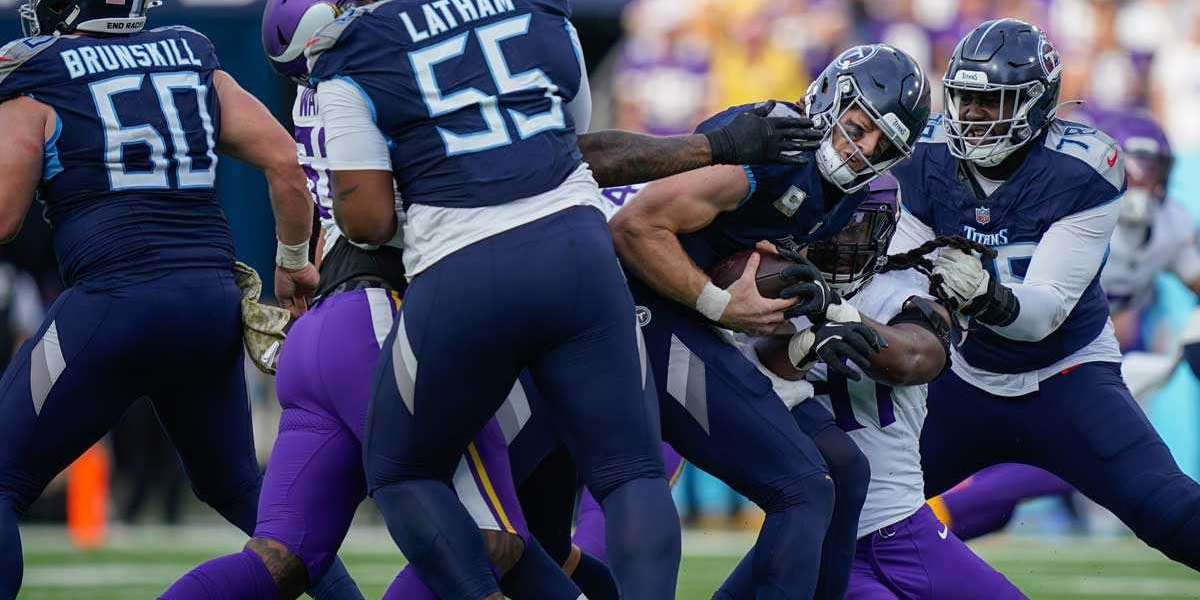Wine Tasting
Do you actually drink the wine at a wine tasting?
Wine tasting is not just about ingesting wine; it is also about experiencing the flavors, aromas, and traits of different wines. While it isn't uncommon to taste the wine in the course of the event, many members spit the wine into a spittoon or 선릉오피 glass after swishing it in their mouths. This allows them to savor the distinct notes without consuming an extreme amount of alcohol.
However, if somebody enjoys a specific wine, they are free to swallow it. The selection often depends on personal preference and the purpose of the tasting—whether it is to be taught, to compare, or simply to enjoy!
Why is wine tasting so difficult?
Wine tasting can be perceived as difficult for several reasons:
- Complexity of Flavors: Wines have an enormous range of flavors and aromas because of their varying grape varieties, areas, and production methods. Identifying subtle nuances requires apply.
- Subjectivity: Personal preferences closely influence how one experiences wine. What tastes good to at least one person may not attraction to a different.
- Technical Knowledge: Understanding wine terminology and the components that contribute to a wine’s profile adds an additional layer of complexity.
- Sensory Overload: The sheer number of wines available can overwhelm novice tasters, making it difficult to focus and discern details.
To enhance your wine tasting skills:

- Practice often to familiarize yourself with totally different wines.
- Keep notes on your tastings to track your preferences and discoveries.
- Engage with others to realize insights and share experiences.
- Attend workshops or lessons to build foundational information.
With time and expertise, wine tasting can turn into an enjoyable and rewarding endeavor.
What are the 5 S's of wine tasting?
The 5 S's of wine tasting are essential steps that enhance the tasting experience. They embrace:
1. See - Observe the wine's shade and clarity. This can provide insights into its age and potential flavor profile.
2. Swirl - Gently swirl the wine within the glass to aerate it. This releases aromas, making it easier to identify completely different scents.
3. Sniff - Take a second to inhale the wine's aromas. Pay attention to the different notes that will come up, such as fruity, floral, or earthy scents.
4. Sip - Take a small sip and let the wine coat your palate. Consider the flavors and texture, noting any complexities.
5. Savor - After swallowing, mirror on the end or aftertaste. This lingering sensation can provide additional insights into the wine's high quality and traits.








